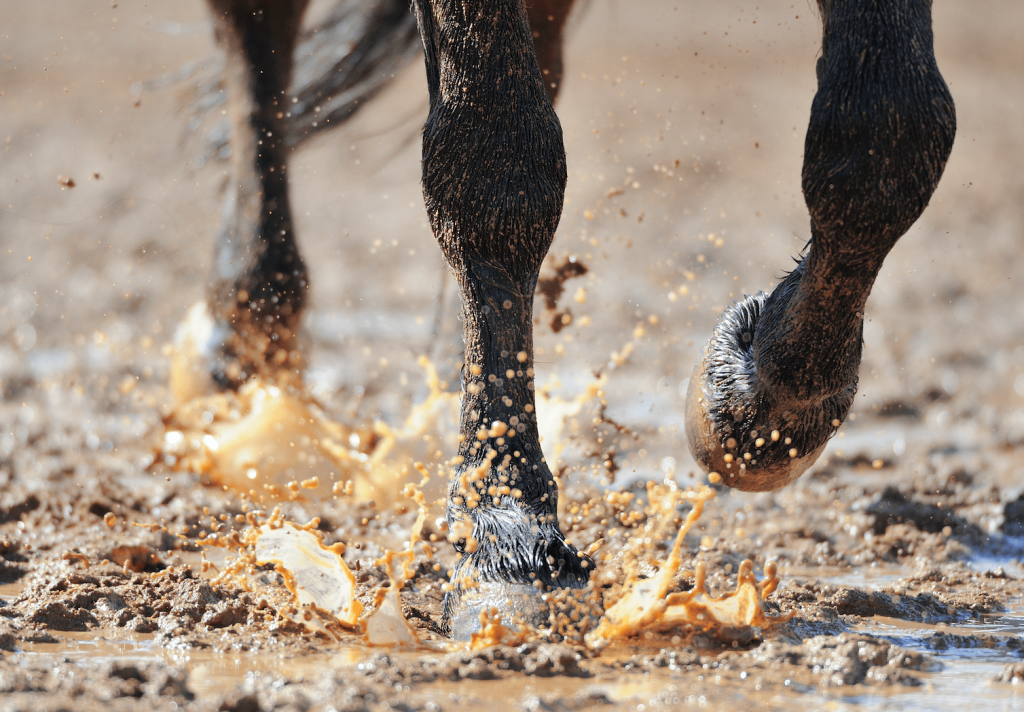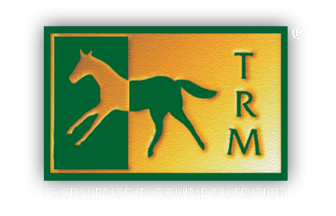Mud Rash

The weather conditions at the moment are perfect for one thing and it’s not pleasant – Pastern Dermatitis or more commonly known as Mud Fever.
It is not just the soft ground in fields, particularly around gates, water or feeding troughs alone that cause Pastern Dermatitis, it is these conditions in combination with a bacterium called Dermatophilus congolensis, that thrives in these situations. Thankfully, although it acts like a fungal infection it is not contagious and can be treated and prevented if caught early.

Clinical signs:
Mud fever is most commonly seen on the lower leg, the pasterns (area most likely to be exposed to the mud) but in extreme cases can travel up the leg. It appears as scabs that can become infected causing heat, swelling and painful to touch. Pink skin on white legs can be more susceptible and some horses are more prone to recurrent bouts of Pastern Dermatitis.
Early signs of the problem are reddening, mild crusting and scab formation in the crease lines of the folded heel. If left untreated the cracks can become infected and leg becomes swollen, with the lymphatic system becoming compromised and profound lameness in extreme cases.

Causes:
Traditionally Pastern Dermatitis was blamed solely on the presence of bacteria called Dermatophilus congolensis; however, it is now recognized that there are many factors that can contribute to the symptoms.
If the skin is damaged in any way microorganisms can take a hold, multiply and start to cause problems. Apart from Dermatophilis congolensis which is found in soil, other bacteria can also be cultured from mud fever lesions such as Staphylococcus and pseudomonas species.
Leg mites (Chorioptic mange), common in breeds with feathered legs, for example, will irritate the skin and lead to self-trauma, allowing bacterial infection to take over. The mud fever will not improve if the mites aren’t treated as well.
Wet conditions cause the skin to soften and mud rubs against this softened skin causing abrasions to the surface where bacteria can enter. It is not just mud that can trigger a bout of mud fever, excessive leg washing will also soften the skin and combined with work on abrasive sand based artificial surfaces will also aggravate the condition.
Certain equine bedding can act as an irritant both physically (straw) or chemically (high ammonia from urine in deep litter).
Boots and bandages incorrectly placed or inappropriately used can also cause damage to the vital skin barrier.
Treatment:
First and foremost, remove the obvious irritant if there is one, ill fitted boots or bandages, standing in muddy paddocks or working on sand arenas that may be wet and sloppy, treatment of mites.
Gently clean the affected area with a mild antibacterial solution and warm water to help soften scabs, this ‘debriding’ process may need to be done a few times and the area dried thoroughly afterwards.
If your horse has particularly ‘hairy’ legs they may need to be trimmed and/ or clipped to get to the skin for treatment.

Barrier cream, such as TRM’s EQUIZAL which contains tea tree oil (known for its antiseptic properties), zinc oxide for healing, lanolin as a barrier to external moisture and pathogens and beeswax which acts as a nourishing moisturiser. Barrier Creams should be applied after cleaning and drying the legs, not as a substitute for this.
Prevention:
Good pasture management to limit poaching will certainly help, good drainage, paddock rotation and movement of feeding and water troughs where possible.

If you must wash legs after brining horses in from the field or after exercise dry pastern area thoroughly extending the heel to fully open up the skin folds on the heel. The bacteria grow best in damp, warm conditions. Alternatively leave mud to dry and brush off.
During long spells of wet weather, consider applying a barrier cream to repel mud and moisture (TRM EQUIZAL).
In the case of this very persistent and painful condition prevention is most definitely better than cure!

